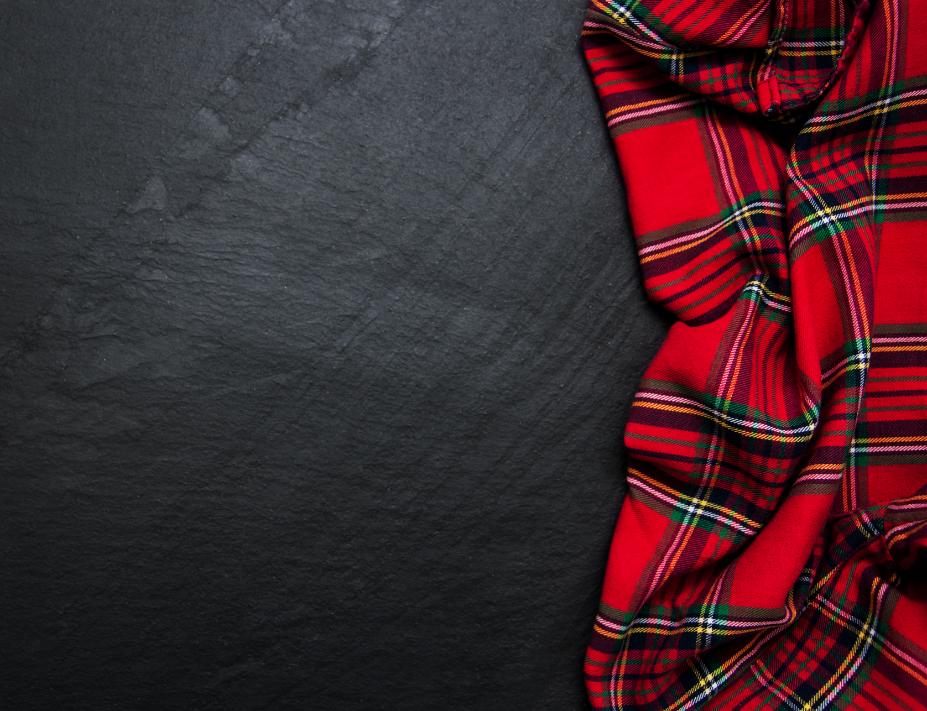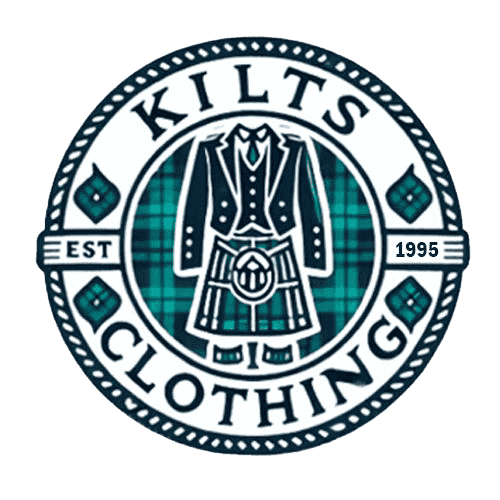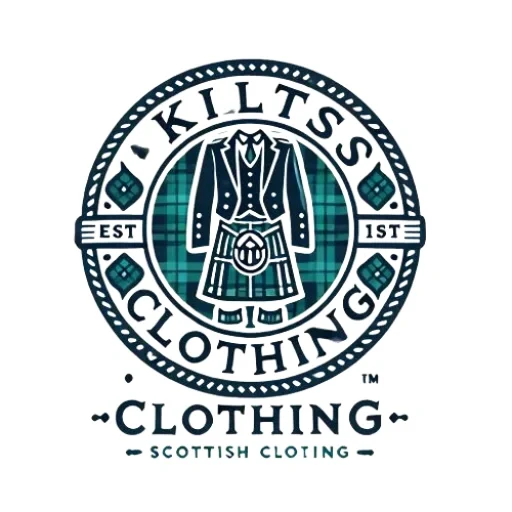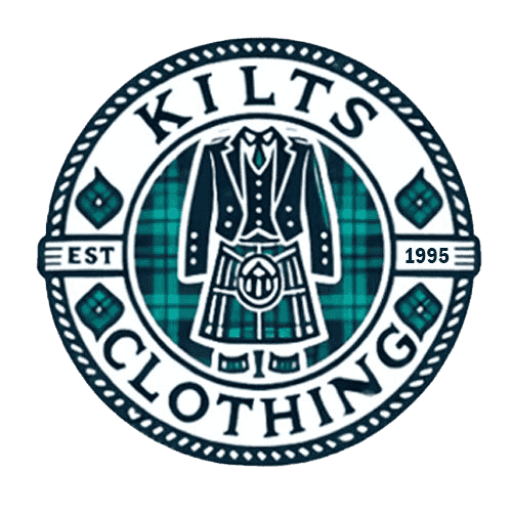How Kilts are Becoming a Staple in Sustainable Men’s Fashion

Sustainability increasingly influences the fashion industry as consumers choose eco-conscious and ethical practices. Kilts, long seen as symbols of heritage and tradition, are now emerging as key players in the sustainable men’s fashion movement. With their timeless design, durability, and use of natural materials, kilts are essential in eco-friendly wardrobes. This blog explores how kilts combine tradition with sustainability, contributing to a greener future for men’s fashion.
The Link Between Kilts and Sustainability
Kilts: A Durable Garment
Kilts are known for their longevity, often lasting for decades when properly maintained. Unlike fast-fashion items that quickly lose their quality, kilts are crafted from high-quality fabrics and expert craftsmanship, minimizing the need for constant replacements. This durability makes kilts an excellent choice for reducing waste and investing sustainably.
Timeless Style
Kilts have a classic appeal that transcends fleeting fashion trends. Their design has remained largely unchanged for centuries, ensuring they stay relevant and versatile year after year. Choosing a kilt means avoiding the wastefulness of fast-fashion cycles.
Minimal Environmental Impact
Traditionally, kilts were crafted from natural, biodegradable, and renewable materials like wool. In contrast to mass-produced synthetic garments, the production of tartan wool had a much lower environmental impact.
Sustainable Fabrics in Modern Kilts
Organic Materials
Today, many kilts are made from organic cotton and hemp. These materials are grown without harmful pesticides or chemicals, fostering biodiversity and reducing soil degradation. Organic fabrics also break down naturally, leaving a smaller environmental footprint.
Recycled Materials
Recycled wool and synthetic fibers are becoming more common in kilt production. By reusing old textiles, these materials help reduce landfill waste and conserve resources. Kilts made from recycled fabrics maintain the classic tartan look while supporting the principles of circular fashion.
Eco-Friendly Dyes
Many kilt manufacturers now use natural dyes derived from plants and minerals to minimize environmental harm. These eco-friendly dyes prevent the toxic runoff that comes from synthetic coloring agents.
Kilts and Ethical Fashion Practices
Fair Trade and Local Craftsmanship
Many kilt makers prioritize ethical production practices. These artisans ensure fair wages and safe working conditions, preserving traditional techniques while contributing to a more sustainable and ethical fashion industry.
Promoting Slow Fashion
Kilts aligns with the values of slow fashion, which prioritizes quality over quantity. Unlike disposable garments, kilts are made to last, helping to mitigate the environmental damage caused by overproduction and overconsumption.
Supporting Local Economies
Traditional kilt-making supports local economies, especially in Scotland and Ireland. When purchasing kilts from small-scale manufacturers, consumers help preserve cultural heritage and contribute to sustainable livelihoods.
Advantages of Sustainable Kilts
Reducing Environmental Footprint
Kilts made from eco-friendly materials and ethically produced have a much smaller environmental footprint than fast-fashion products. By choosing sustainable kilts, consumers help conserve natural resources and minimize waste.
Investing in Quality
Sustainable kilts are an investment in enduring quality. Their long lifespan and timeless appeal make them versatile additions to any wardrobe, whether for formal or casual occasions.
Making a Fashion Statement
Wearing a sustainable kilt is more than a fashion choice—it shows a commitment to eco-conscious living. As sustainable fashion continues to gain traction, kilts are leading the way in this movement.
How to Incorporate Sustainable Kilts into Your Wardrobe
- Pair with Eco-Friendly Pieces: To create a fully sustainable outfit, combine your kilt with organic shirts, jackets made from recycled fabrics, or vegan footwear.
- Choose Versatile Patterns: Opt for classic tartan patterns that work for various occasions, from formal events to casual outings.
- Support Ethical Brands: Purchase from brands prioritizing sustainability and ethical practices, ensuring your wardrobe aligns with your values.
The Future of Kilts in Sustainable Fashion
The future of kilts in fashion looks promising, with innovations in sustainability on the horizon. Advances in smart fabrics—such as those that regulate temperature or wick moisture—will make kilts even more practical and eco-friendly. As demand for sustainable fashion rises, kilts made from biodegradable and recycled materials will become even more popular. These trends position kilts as central to the global shift toward ethical and sustainable men’s fashion.
Conclusion
Kilts are more than a symbol of tradition—they are becoming a cornerstone of sustainable fashion for men. With their durable design, eco-friendly materials, and ethical production practices, kilts represent a perfect blend of style and sustainability. Whether you are drawn to their cultural significance or environmental benefits, kilts offer a timeless and responsible choice for the modern wardrobe.
By embracing sustainable kilts, you are making a fashion statement and contributing to a more sustainable and ethical future in fashion.
Frequently Asked Questions
- Why are kilts considered sustainable fashion?
- Kilts are sustainable due to their longevity, use of eco-friendly materials like organic cotton and recycled wool, and support for ethical craftsmanship.
- What fabrics are used in sustainable kilts?
- Sustainable kilts are often made from organic cotton, hemp, recycled wool, and eco-friendly synthetic blends. These materials help reduce environmental impact and support responsible production.
- How do kilts align with slow fashion?
- Kilts are durable, timeless, and designed to last for years, reducing the need for frequent replacements. This supports slow fashion principles, which emphasize quality over quantity.
- Are kilts made with sustainable dyes?
- Many kilt manufacturers use natural dyes that minimize water pollution and environmental harm during production.
- How can I incorporate sustainable kilts into my wardrobe?
- Pair sustainable kilts with other eco-friendly garments, opt for versatile tartan patterns that suit different occasions, and buy from brands that focus on ethical and sustainable practices.


